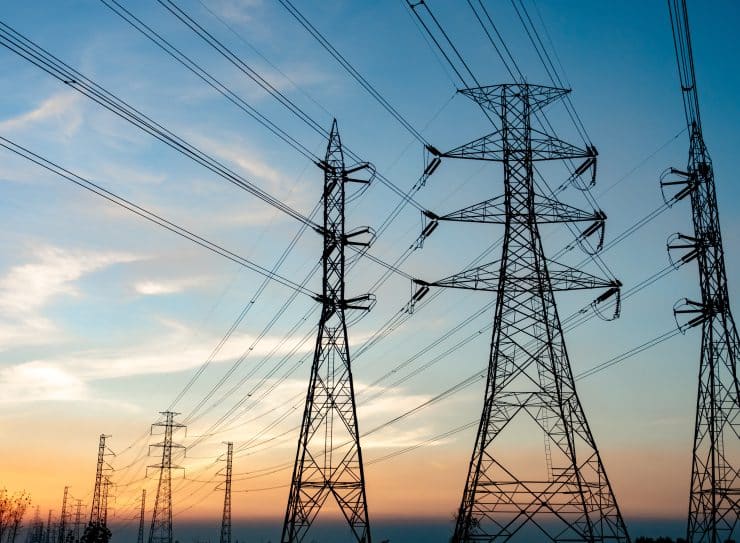12 July 2022
Fusion energy – 30 years from a breakthrough?
Innovation in almost any sector is advancing at a pace that we have not seen before. This new blogpost series explores these innovative sectors in pursuit of creating a liberal environment, to push the boundaries of science even further.

